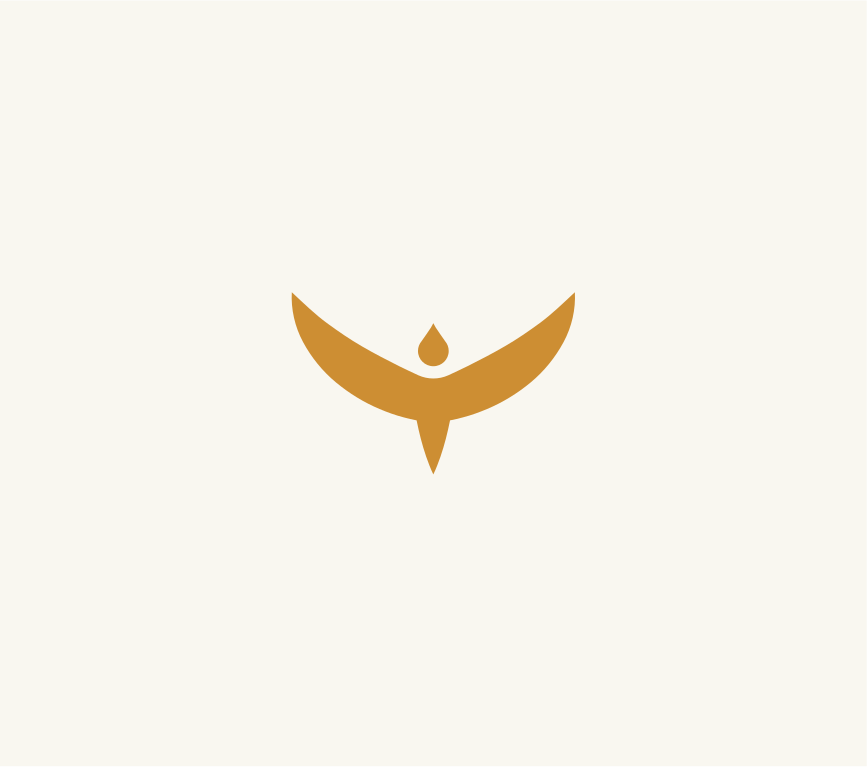Sacrifice: Hanging and Runes
In the Havamal ("Sayings of the High One"), Odin recorded the time he spent learning the magic from runes.
138 I know that I hanged on a windy tree
nine long nights
wounded with a spear, dedicated to Odin,
myself to myself,
on that tree of which no man knows
from where its roots run.139 No bread did they give me nor a drink from a horn
downward I peered;
I took up the runes, screaming I took them,
then I fell back from there.
Havamal from Poetic Edda
translated by Carolyne Larrington
On the windy days, Odin was hanging from a branch of Yggdrasill, the cosmic World Tree, with a rope around his neck. He was also suffering from a wound that was pierced by his own spear (Gungnir).
Odin remained there for nine days and nine nights. And in the next line [140], Odin learned nine mighty spells from his grandfather Bolthor, as well as drinking from the precious mead from Odrerir (see Mead of Poetry). The number nine was also significant, in terms of symbolism and magic.
From lines 144-145, he not only speaks of carving the runes, but also of sacrifice. It was believed that one could only learn magic spells from the runes if you were dead. And since it was Odin himself who wanted to learn the runes, a sacrifice was needed. Odin paid the sacrifice himself. Which is why he was hanging with a hangman's noose around his neck, so that is why Odin acquired the name – Hanga-tyr ("god of the hanged").
The ninth night coincided with the festival of May Eve (April 30), otherwise known as Walpurgis' Night, on which Odin mastered his ninth and final spell in which the hanged god ritually died. During this final night, all lights were extinguished with his supposed death. It was at this time that chaos and the spirit world reigned supreme and that witchcraft or sorcery was most potent. Odin's death lasted until midnight, and then light would return to the world. Like the Celtic Beltane or May Day, the night was celebrated with large bonfires lighted around the countryside.
In the Eddiac poem, Sigrdrifumal ("Lay of Sigrdrifa"), the Valkyrie Sigrdrifa (generally known as Brynhild) was punished for letting the wrong king die in battle, so Odin drugged her to sleep. She would have to marry a mortal when she was wakened, but she refused to marry anyone unless he was a hero who had no fear. Sigrdrifa informed Odin that she would teach this hero about the runes of power. From lines 5-19, Sigrdrifa listed several spells using runes. They were victory-runes, ale-runes, helping-runes, sea-runes, limb-runes, speech-runes, mind-runes and book-runes.
The most interesting were the victory-runes, when you wish for victory in battle or combat. Sigrdrifa suggested that runes should be cut into swords' hilts, blade-guards and plates, and then invoke the name of Tyr. Tyr was the god of war, though Odin also used the name Tyr, such as Sigtyr, which means god of victory or god of war.
You will find the history of runes and runic alphabets in The Norse Way.
It is interesting that the origin of sacrificing by hanging a victim had existed and been written about some hundreds of years before the Havamal was written. According to Tacitus, a Roman historian (fl. AD 100), he recorded an older tradition practised by the Cimbri, an ancient Germanic tribe. The Cimbri sacrificed their victims to Wodan (Woden), the Germanic form of Odin (some called him by his Roman name, Mercury), by hanging their victims over a cauldron. The priestess then cut the hanged victims' throats so that they would bleed into the cauldron, before their bodies were thrown into sacred lakes.
This custom that was practised by the Cimbri had nothing to do with learning runes, but the sacrifices were used as a means to appease Wodan (Odin).
Related Information
Sources
Havamal ("Sayings of the High One") from the Poetic Edda.
Germania, by Tacitus (c. AD 98).
Related Articles
By Jimmy Joe







